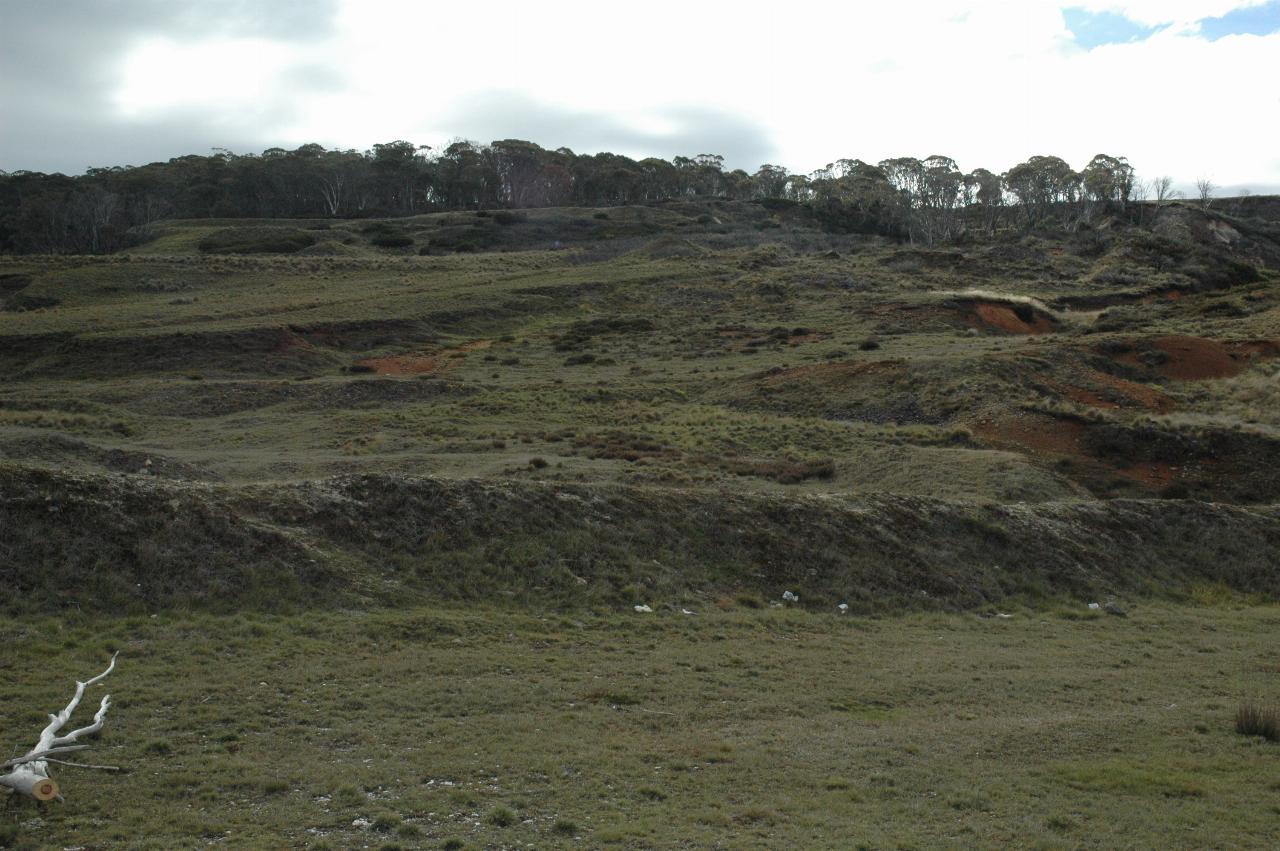
From Tumut Ponds Dam is was onwards and upwards - to Cabramurra, Australia's highest town. Originally built for construction workers on the upper Tumut part of the Snowy Mountains Scheme, my recollection was pre-fabricated buildings atop a hill. Well, fortunately, Cabramurra is still atop the hill, but the old buildings have gone, and much more permanent (and I suspect much better insulated) buildings have taken their place. The town is now home to maintenance and operations employees and the support needed for them. A toasted ham and tomato sandwich in the general store was in order to fuel me up for the rest of the journey.
There is still a service depot for road clearing. And for many years it used to feature regularly in winter weather forecasts as the coldest part of New South Wales, often competing with Spencers Creek, just below Charlotte Pass.

Just before reaching the Snowy Mountains Highway is an area with some historical artifacts from the gold rush days. This is New Chum Hill, described thus:-
The gold, deposited in a thick clay shale matrix by an ancient river, was best removed by sluicing. To provide water for the operations several groups of miners built a network of races.
In 1878 some of the group amalgamated to form the Kiandra Gold Mining Company, and in 1882 built the Three Mile Dam, commencing large scale hydraulic sluicing for the first time in Australia.
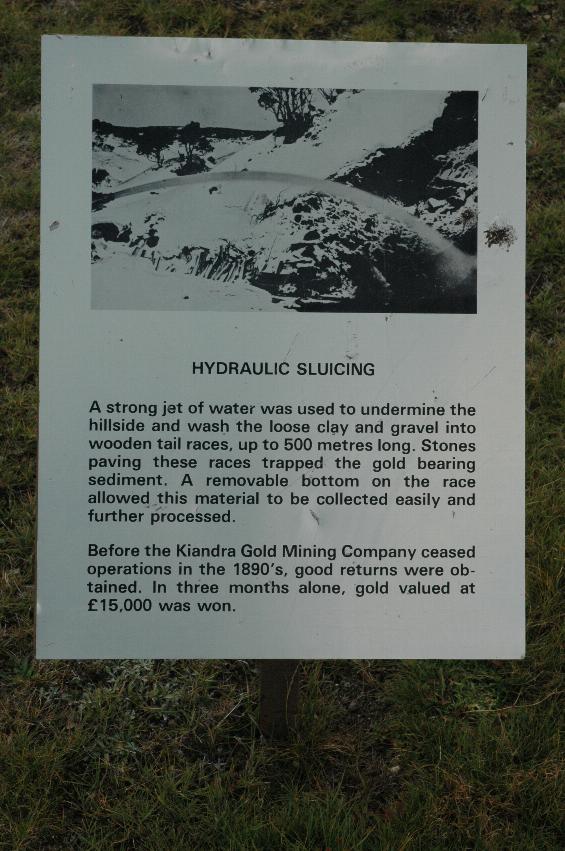
Washing Away The Hillside
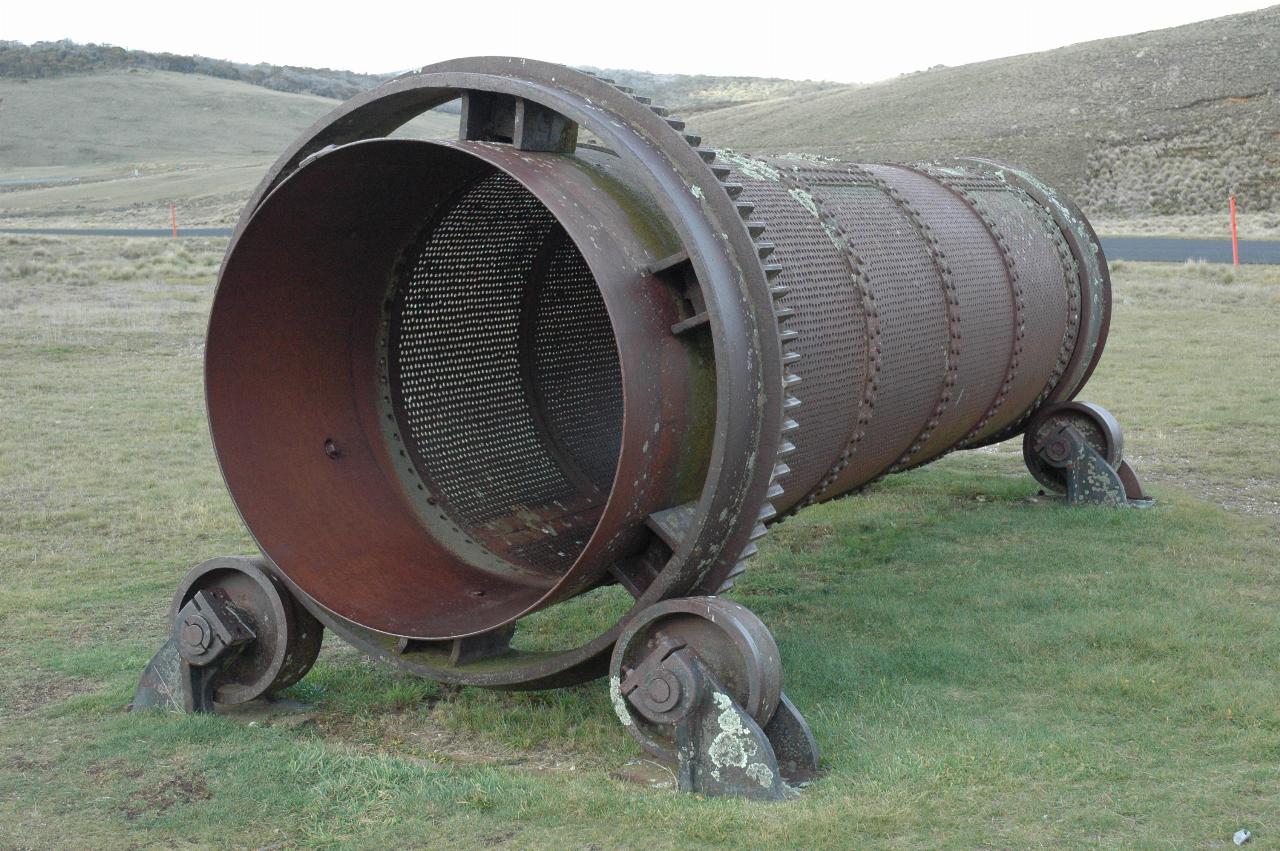
This is a hydraulic sluice, used to extract gold from the mud and rocks displaced from the hillside. The information board says:-
Before the Kiandra Gold Mining Company ceased operations in the 1890s, good returns were obtained. In three months alone, gold valued at £15,000 was won.
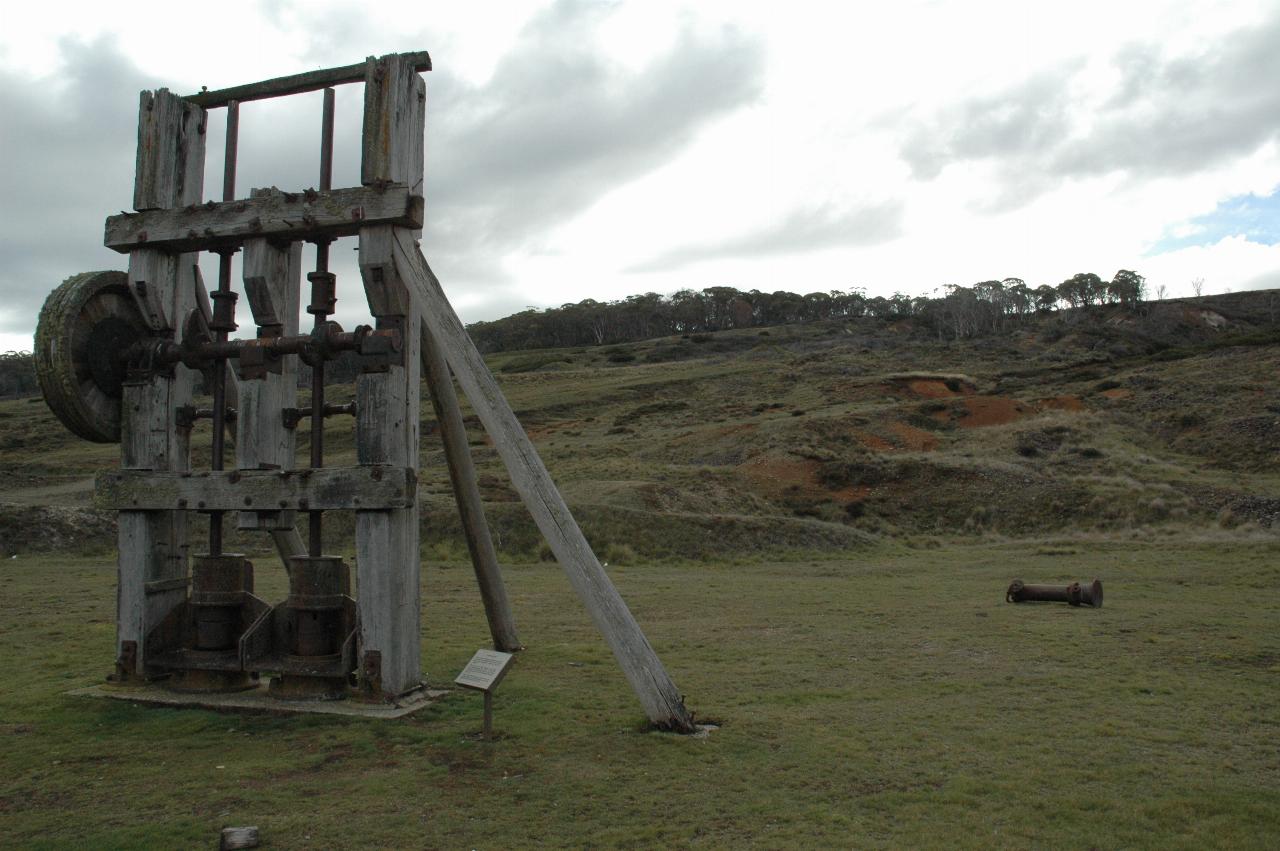
The stamp battery, in front of New Chum Hill, described thus:-
The ore was removed by digging a shaft along the steeply dipping rock strata. It was then taken to a stamp battery where it was crushed into a fine powder. Further processing separated the gold.
This stamp battery bas been removed from its original location and reconstructed here by the National Parks and Wildlife Service.

The working end of the stamp battery, where the ore was crushed by the rod being moved up and down, typically by power from a steam engine.
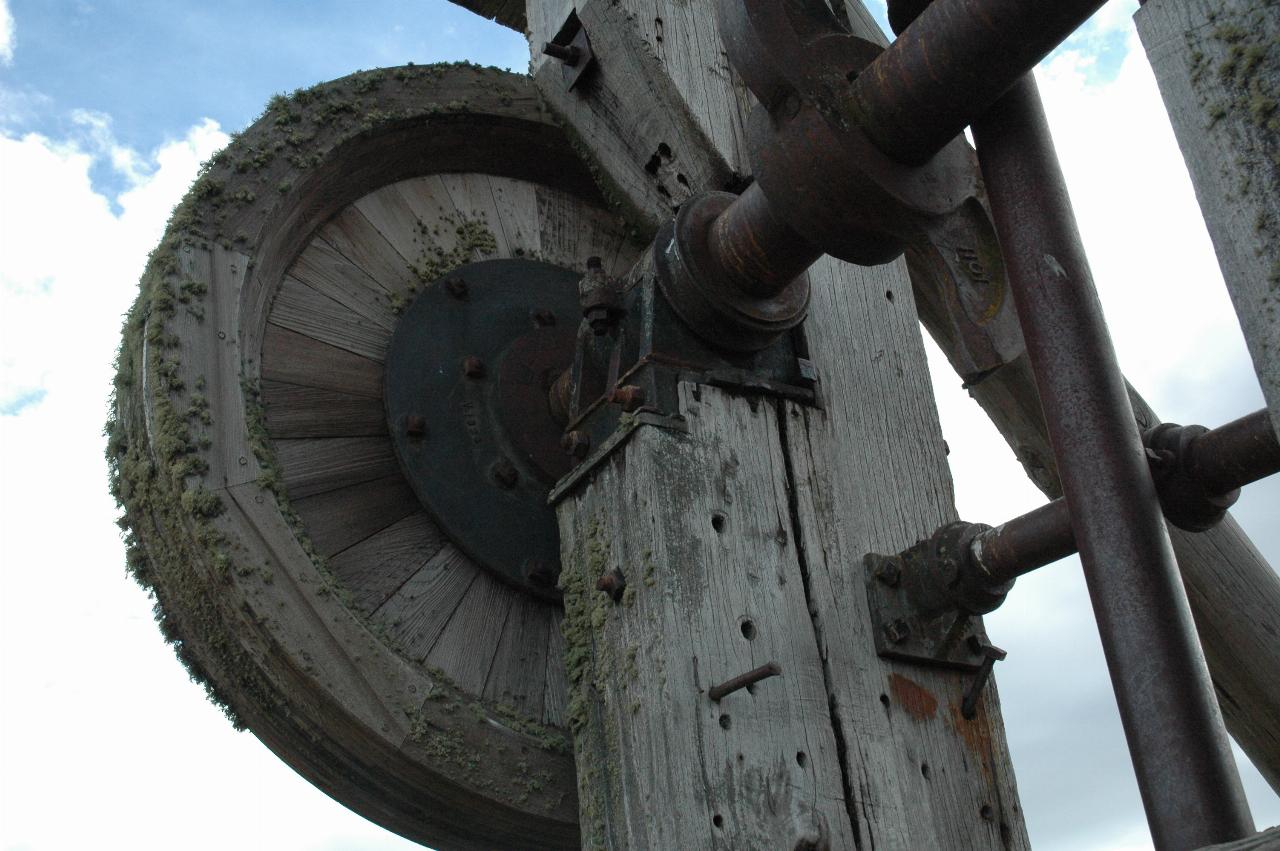
The top of the battery. The wheel would be driven via a belt from the steam engine, and as it turns, the shaft running along the top would move the battery's hammers up and down, crushing the ore. The wheel, being well over 100 years old, is surviing well, although it has a certain amount of growth on it now!
And so it was time to hit the road again.